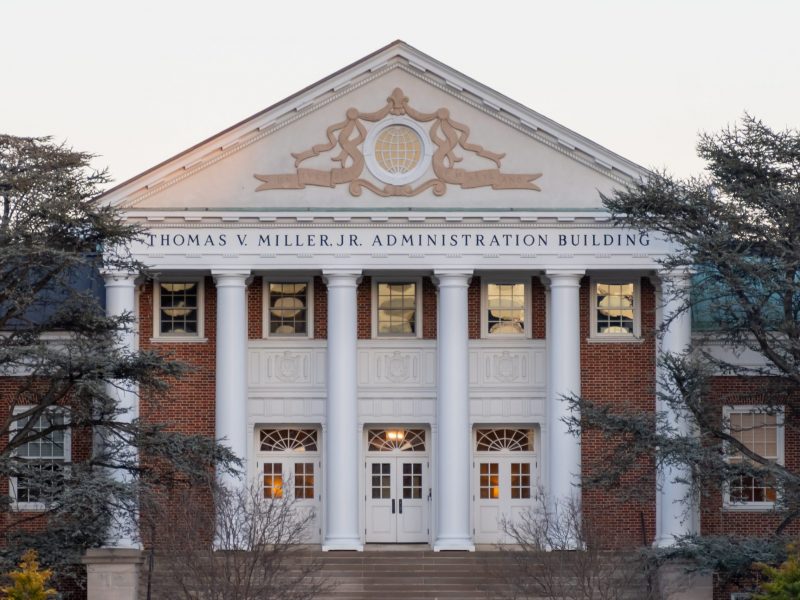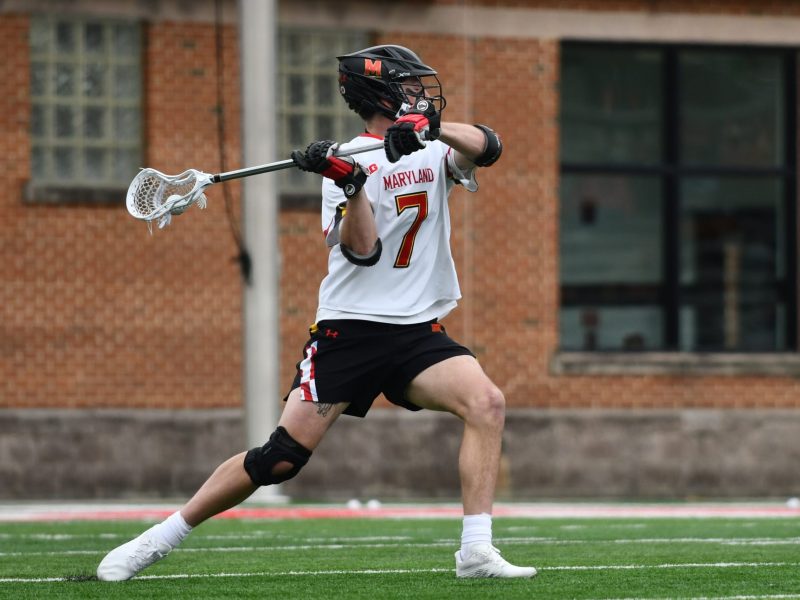
Daniel Galitsky
When the University of Missouri football team demanded the firing of Mizzou system President Tim Wolfe, the financial risks of the boycott left no option except resignation for the disgraced leader. For better or for worse, Wolfe was tried, sentenced and executed on Twitter. While it has the power to organize people like never before, social media presents its own dangers.
The emotional firestorm that took place last week had elements of the senselessness of Shakespearean tragedy, with the unfortunate resignations and firings of nonadministrators reminiscent of the pile of bodies at the end of Hamlet. Faculty and staff who very well might have been accomplished and inclusive educators suffered in the collateral damage.
A communication professor resigned after infamously infringing on a student journalist’s right to cover events in a public space. The director of Greek life at the university was relieved of her duties for the same reason. Additionally, a nutrition professor resigned after receiving backlash for maintaining an exam on its scheduled date during the turmoil.
These individuals were placed in unusual emotional situations, and their responses became subject to the judgment of millions of outside observers on YouTube and elsewhere. When these local matters are dealt with internally, a more amicable solution can be reached. However, when the reputation of the university becomes stained by viral reporting of these incidents, few alternatives to termination remain. While the country can learn from exposure to the Mizzou conflict, real people are left to bear the brunt of outcry against their mistakes.
Also of concern is the easy spread of misinformation through social media. The fast-paced and uncontrolled nature of the Internet allows falsehoods and facts to intermingle. Jonathan Butler, whose hunger strike was at the center of the protests, claimed Wolfe’s car hit him during the homecoming parade. However, no report was filed and video showed no evidence of this.
Similarly, false claims about the KKK and National Guard were made by the Mizzou student body president that he later rescinded. One of the frustrating elements of systematic racism is its often insidious nature. Sensational claims draw reaction from social media users, but fabrication of a “boogeyman” narrative is counterproductive. Once something is posted and draws attention, it cannot be unsaid.
The use of the anonymity of Yik Yak to send violent threats that disrupted the campus is also alarming. The app enables people to spread messages they would never publicly declare with the ease of a few thumb swipes. The false threats played on an already emotional community to raise the level of panic. The senseless actions of a small number of people who used technology caused the situation to escalate further.
Some movements for change have originated on social media, but we pay to go to a real college for a reason. The chance to interact with those with opposing viewpoints is an opportunity afforded by the physical university campus. The confrontation between a student reporter and protesters’ “safe space” taught valuable lessons about the First Amendment and mutual respect.
Similarly, the viral video of a Yale professor debating with protesters about freedom of speech and offensiveness after a spat over Halloween costumes reveals a situation that could only have occurred in a university quad. In a digital world where it is all too easy to fall into an echo chamber of peers with similar views, in-person conflicts provide a valuable wake-up call to both sides.


